RED LIGHT THERAPY
The application of red and near-infrared light has a domino effect, stimulating collagen production and blood circulation. At a superficial level, this can accelerate the healing of wounds, such as burns or ulcers, and even reduce the signs of aging, such as wrinkles and brown spots, but this is not its only use, it can also be used for non-aesthetic conditions.
Also known as photobiomodulation, it is a form of treatment that uses specific wavelengths of light to promote health and well-being. This technique is based on the application of red light (620-750 nm) today is regenerative medicine treatment that uses light to stimulate the growth of tissues and nerves, and relieve pain.
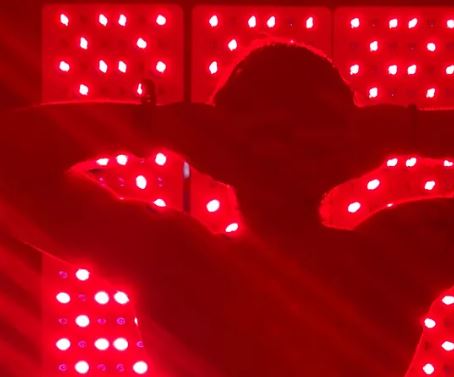
Light sends red light energy to the cells of our body. When the light particles touch the skin, the body's cells absorb the energy. Our cells use this energy as ATP, which is called "molecular currency" for energy transfer.

The red LED light boosts the body's resistance, making your physical activities much more effective and preventing muscle pain after days of training and sports.
Red light therapy is a type of low-intensity laser light therapy. To get the most benefits effectively, the LEDs must be over the specific area you are trying to treat.
Red light therapy works on the same general principle, as our cells can absorb certain light energies that provide fuel for specific functions.
Red light therapy works in a similar way to how plants absorb light through photosynthesis, using that energy to fuel the body's activities.
The effectiveness of low level laser light therapy is cumulative, which means that longer and more frequent treatment times will be more effective in producing lasting results.
Ser Crystal® mats combine visible red light and invisible infrared rays to provide maximum benefits through photon-emitting LEDs, enhancing the benefits to the body.
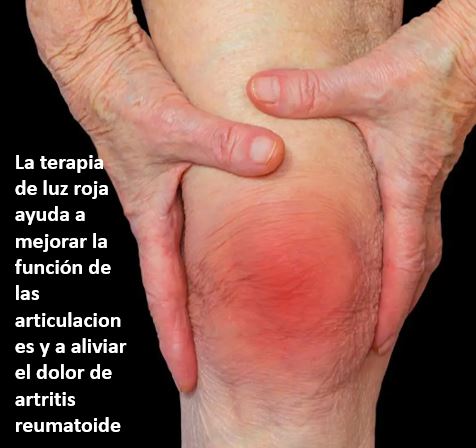
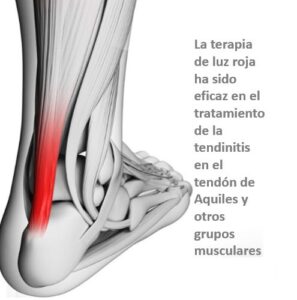
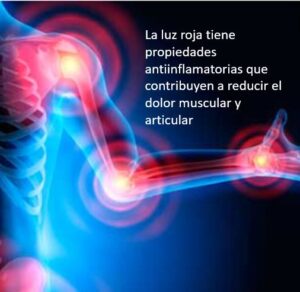
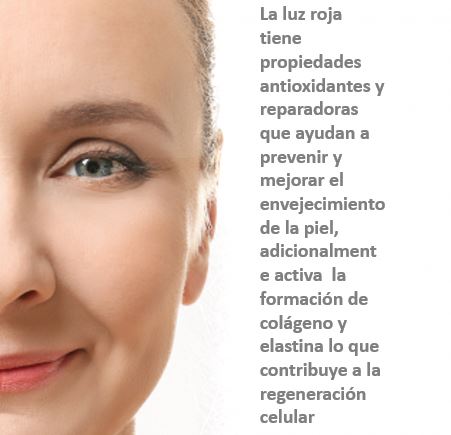
For red light therapy to be effective there are a number of important criteria
The LED must have the correct wavelength. Studies have shown that the most effective wavelengths are between 633 nm and 830 nm.
The LED must have sufficient power density (W/cm2), which is the power in watts per cubic centimeter. The phototherapy must have sufficient energy to deliver the necessary photons to the cells of our body.
The dose must be adequate, i.e. there must be sufficient potency, and it must be applied for a sufficiently long period of time.
At a minimum, the use of a 650 nm LED is required to effectively penetrate the dermis and regenerate connective tissue cells.
Prior to the widespread use of light-emitting diodes (LEDs), the only ways to rejuvenate the skin in a professional setting with monochromatic red light were through expensive, proprietary lamps and low-end lasers. However, with the advent of LEDs, they have become an affordable source of monochromatic photonic light that has revolutionized the industry.
